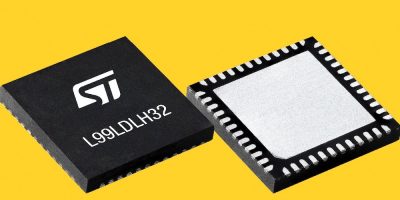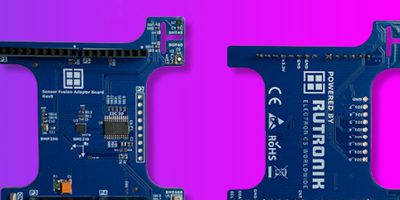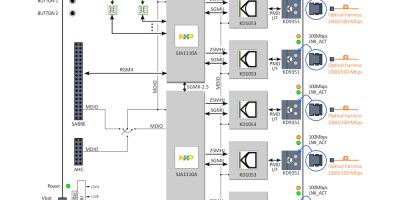Automotive silicon-carbide (SiC) -based power modules, the AMP32 series, have been developed by onsemi for on-board chargers. The modules, claimed the company, enable faster charging and increased range for all types of electrical vehicles.
The three APM32 SiC-based power modules feature transfer moulded technology and are intended for use in on-board charging and high voltage (HV) DC/DC conversion in all types of electric vehicles (xEV). The modules are specifically designed for high-power 11 to 22kW on-board chargers.
Each module exhibits low conduction and switching losses, said onsemi, “best in class thermal resistance” and high voltage isolation to deal with 800V bus voltage. The enhanced efficiency and lower heat generation allow one OBC to charge the EV faster and increase its operating range, claimed the company.
The modules allow designers to meet charging efficiency and space goals, said onsemi. “By adopting the pre-configured modular format, designers are able to configure their designs faster, with significantly lower time to market and design risk,” said Fabio Necco, vice president and general manager, automotive power solutions at onsemi.
Each APM32 module is serialised for full traceability. The modules can operate with junction temperatures (Tj) up to 175°C, for reliable operation even in challenging, space-constrained automotive applications.
Two modules, the NVXK2TR40WXT and NVXK2TR80WDT, are configured in H-bridge topology with a breakdown (V(BR)DSS) capability of 1200V, ensuring suitability for high voltage battery stacks. They are designed to be used in the OBC and HV DC/DC conversion stages. The third module, the NVXK2KR80WDT, is configured in Vienna rectifier topology and used in the power factor correction (PFC) stage of the OBC.
All three modules are housed in a compact dual inline package (DIP), which is claimed to ensure low module resistance. The top cool and isolated features meet stringent automotive industry standards, the creepage and clearance distances meet IEC 60664-1 and IEC 60950-1. Additionally, the modules are qualified to AEC-Q101 and AQG 324.
The company also announced that it will introduce a six-pack and full-bridge modules.







